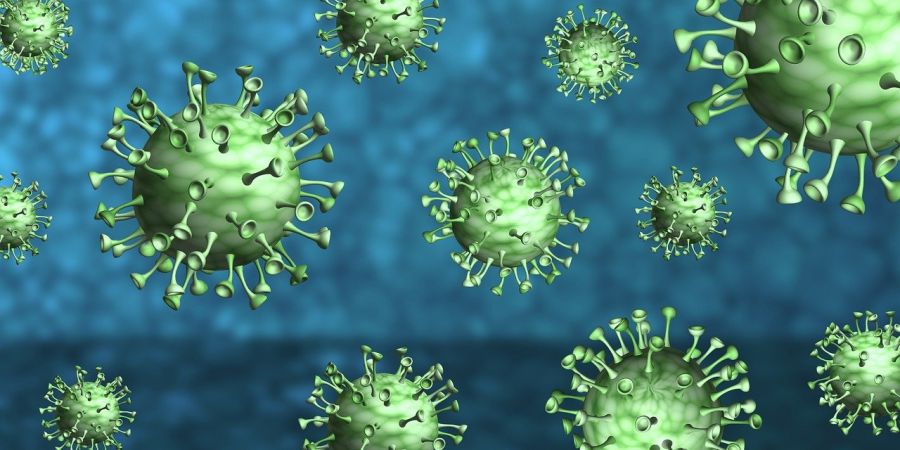

What are the origins of coronaviruses?
Coronaviruses infect people when they come into touch with animals. Cattle, including camels, and other creatures such as bats and cats fall into this category.
One of these coronaviruses may develop the ability to infect people on rare occasions.
Influenza vs. Coronavirus:
Coronaviruses and influenza viruses, also known as the flu, can both cause upper respiratory illnesses and are spread by close contact.
They also have comparable symptoms, including a cough, fever, and exhaustion.
However, influenza viruses and the most recent coronavirus to infect humans, SARS-CoV-2, have significant distinctions.
SARS-CoV-2 is more likely than influenza viruses to cause serious disease and death. It also has a longer incubation period, lasting two days before and at least ten days after symptoms appear.
Children, on the other hand, are more prone to have complications from the flu, although COVID-19 appears to have less severe effects in children than in adults.
Transmission and prevention are both important.
The most efficient strategy to prevent transmission of coronaviruses like SARS-CoV-2 is to follow official instructions on physical distance and hygiene until scientists produce vaccines.
The best measures to avoid the new coronavirus, according to the Centers for Disease Control and Prevention (CDC), are to:
Hand scrubbing
Wash your hands frequently, for at least 20 seconds at a time, with soap and water. This is particularly important:
If you don't have access to soap or water, use an alcohol-based hand sanitizer that has at least 60% alcohol.
Physical separation
Stay six feet away from the source of confidence or two feet away from persons outside the house if possible. Avoid close contact with sick persons at home.
In public and when associating with individuals outside the house, wear a mask that covers your nose and mouth.
Hygiene at home and in the workplace
It's critical to clean and disinfect surfaces that people touch regularly every day, Trusted Source. Telephones, door and cupboard handles, toilets, faucet knobs, and tables are all examples.
Cleaning the surfaces with soap and water is the first step. Then use a disinfectant for the house.
Another important aspect of cleanliness is to cover coughs and sneezes with the inside of your elbow rather than your hands, and to minimise needless facial contact.
When should you seek assistance?
Stay at home and call a doctor if you think you have COVID-19 symptoms. Avoid going to a medical facility or spending time in public locations.
Even at home, keep as far away from other family members and pets as possible and wear a mask. The majority of COVID-19 patients recover at home without the need for medical therapy.
Call 911 or get in touch with an emergency service.if any of the following occur :
Let emergency personnel know that COVID-19 is a possible cause of the symptoms before they arrive so that they can take the appropriate measures.















